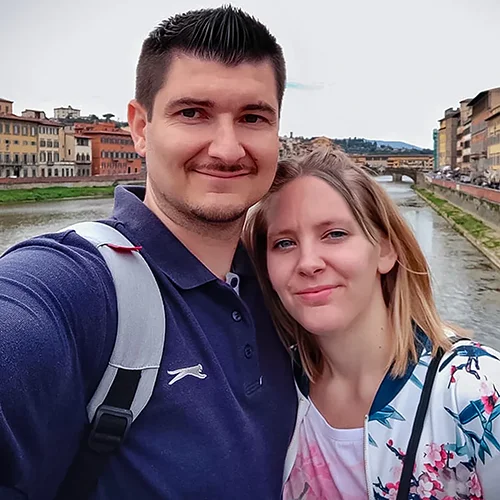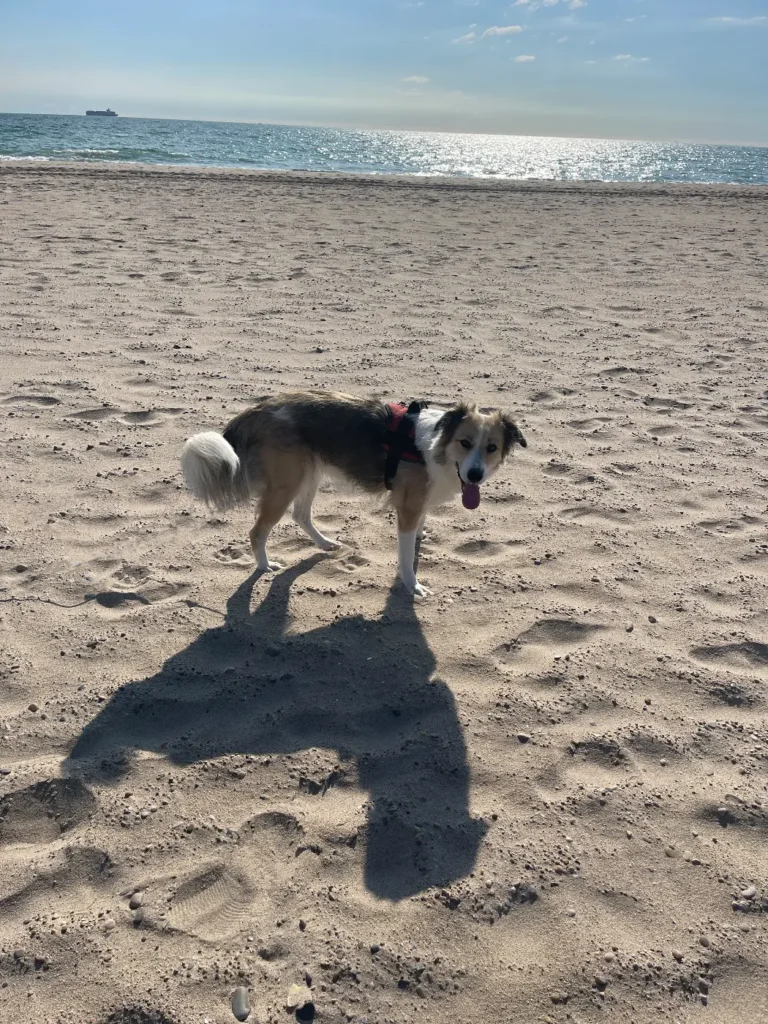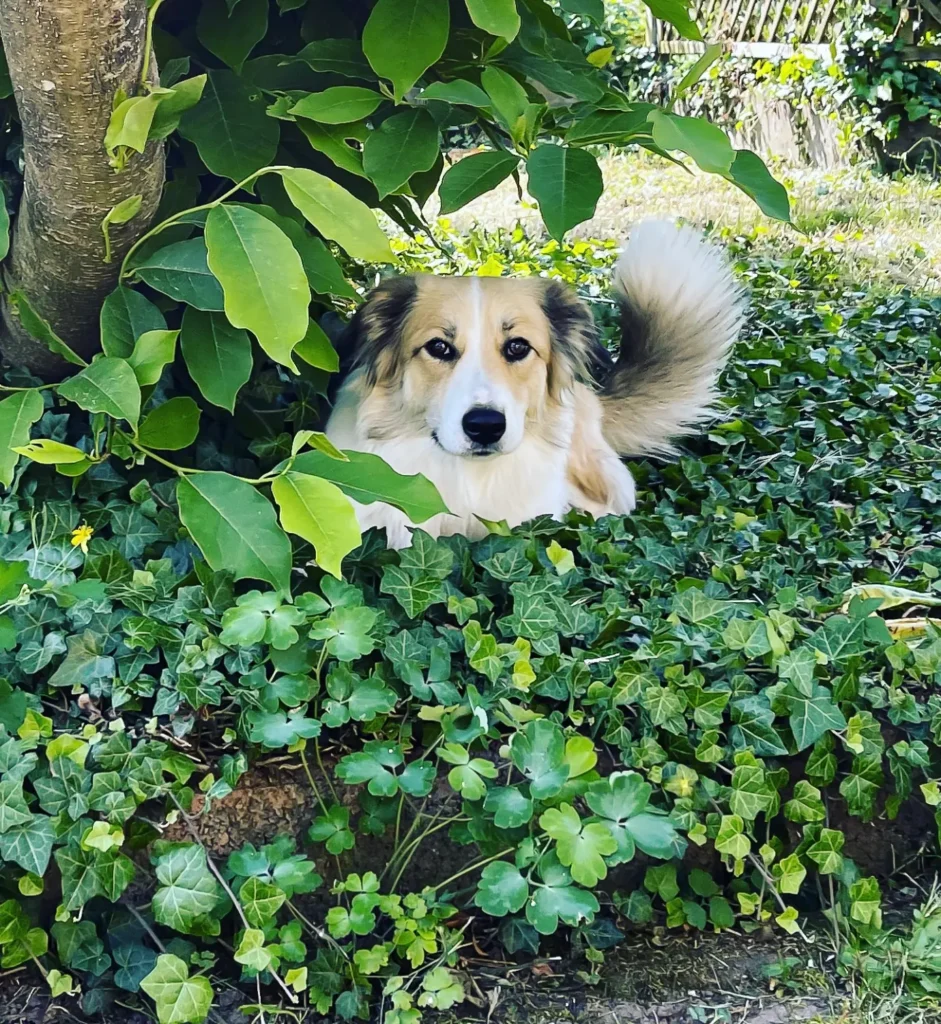Speechless in Spain: Humorous misunderstandings
Speechless in Spain: Humorous misunderstandings
Speechless in Spain: Humorous misunderstandings
Speechless in Spain: Humorous misunderstandings
26. September 2024
Feedback: 0
When we emigrated from Germany to Spain with Bailey, our loyal four-legged friend, we thought the biggest challenges would be the bureaucracy, paperwork, and finding a new home. However, as we quickly discovered, the real challenges were less obvious—because Bailey seemed to adapt to the new circumstances better than both of us combined! Yes, you read that right—our dog had fewer difficulties with the cultural and linguistic nuances of Spain than we did.
The Beginning: Arrival in Spain
After our attempt to settle in Croatia didn’t go as planned, Spain became our next step. We thought the biggest hurdle would be adjusting to the new environment. However, while we were still getting used to the surroundings and the heat, Bailey had already found the best shady spots in the park. She seemed to love the weather and adapted effortlessly to the Mediterranean rhythm. Her relaxed demeanor seemed to say, „Siesta? No problem, I’ve been doing that for a long time,“ while we were still trying to integrate our lives into the new Spanish pace.
Language Barriers? Not for Bailey!
As we prepared for the move, we made a special effort to brush up on our Spanish skills. After all, we didn’t want to feel completely lost. However, upon our arrival, we quickly realized that all the vocabulary cramming hadn’t helped us as much as we had hoped. Every order at the café and each conversation with our neighbors presented a little challenge.
Bailey, on the other hand, seemed unfazed by the language barrier. She instantly understood the Spanish dogs, regardless of the sounds they made. While we were still debating whether to say „Hola“ or „Buenos días,“ she was making friends at the park and during walks within minutes. In one particularly funny moment, we tried to explain to a Spanish dog owner that Bailey could be a bit shy, but by then, the dogs had already sorted out who was in charge. Thanks to Bailey, the language barrier on a canine level was no issue at all.
Cultural Understanding: Bailey as a Role Model
The relaxed lifestyle of the Spanish was a significant adjustment for us. While everything in Germany was more orderly and structured, here, things seemed to move slower yet more casually. Whether shopping, dining out, or dealing with bureaucratic tasks, people took their time. This was a challenge for us. Meanwhile, Bailey felt like she was in paradise. While we waited impatiently, she would lie in the shade, enjoy the sun, and calmly observe the people passing by.
This became particularly clear when we started trying out Spanish dog training tips. Spaniards are much more laid-back when it comes to their dogs. While we were still focused on doing everything right, Bailey quickly decided that she didn’t need any training advice. Her attitude seemed to be, „Just chill, it’ll be fine,“ and most of the time, she was right.
Eating Habits: Bailey Loves Spanish Cuisine
One of the biggest surprises for us was how quickly Bailey adapted to Spanish cuisine. With her allergies—especially to apples and certain vegetables like parsnips—we worried that the transition might be problematic for her. However, while we were still getting used to the new ingredients and flavors, Bailey had already discovered her favorite dishes. Tapas? Delicious! A few crumbs of Serrano ham on the floor? A feast for Bailey.
For us, adjusting to Spanish cuisine wasn’t as easy. The local ingredients were unfamiliar, and we needed some time to adapt, while Bailey seemed to crave them. Of course, we made sure she didn’t eat anything harmful, but her curiosity was unstoppable. It almost felt like Bailey had found her culinary home in Spanish cuisine, while we were still searching for the perfect paella recipe.
The Siesta: Bailey’s Favorite Part of the Day
The siesta is undoubtedly one of the most well-known traditions in Spain, and Bailey embraced it with enthusiasm. While we were still trying to adjust our work routine to the Spanish lifestyle, Bailey seemed to grasp the concept of the siesta immediately. After lunch, it was time for a good long nap. The Spanish afternoon heat? No problem for Bailey. A cozy spot in the shade, a gentle breeze, and she was perfectly happy.
For us, adjusting to the new rhythm was more challenging. But Bailey quickly showed us how it’s done: just relax, enjoy the moment, and don’t stress. Her inner calm became our inspiration.
The Conclusion: Our Dog as a Teacher
What have we learned from all these experiences? Quite simply: Bailey has shown us that sometimes it’s better to take things easy and not worry constantly. While we struggled with language barriers and cultural differences, Bailey simply enjoyed life. She taught us that adapting doesn’t always mean doing everything perfectly; rather, it’s about enjoying the moment and being open to new experiences.
There are still many moments when we marvel at how effortlessly Bailey navigates her new surroundings while we wrestle with Spanish language apps and culture guides. But at the end of the day, she reminds us that it’s not about perfection; it’s about enjoying the journey—whether through a new country or through life.
Maybe we should take a page from Bailey’s book. If our dog can handle culture shock so well, then we can certainly do it too!
We hope these tips help you master your expat life even better! Do you have your own experiences or further recommendations on the topic of moving abroad? Feel free to leave us a comment! Share this post with others who could benefit from these tips, and stay tuned for more inspiration from life as an expat.
Your Steffi & Marius

Wir sind zwei deutsche Auswanderer und auf emigres-life nehmen wir Dich mit auf unsere Reise in ein neues Leben.
In unserem Projekt schwingt das Pendel meist in Richtung stressig oder chaotisch und weniger in Richtung tiefenentspannt.
Wenn du also wissen willst, in welches Fettnäpfchen wir als nächstes treten oder welche Hürden vor uns liegen und wie wir sie überwinden, dann bleib dran.



 Pin it!
Pin it!

